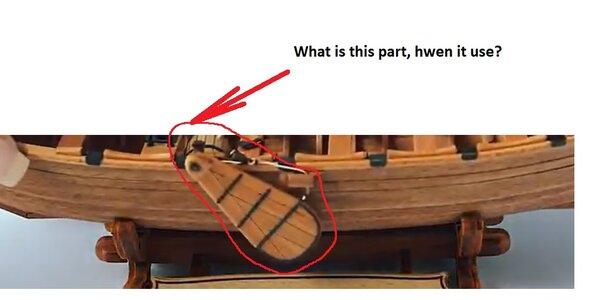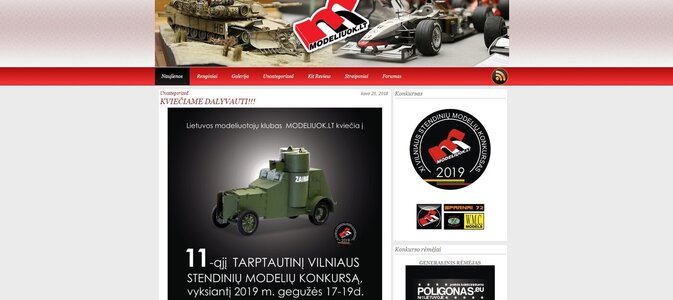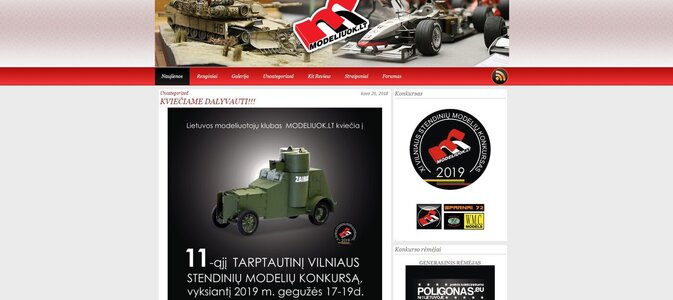You are using an out of date browser. It may not display this or other websites correctly.
You should upgrade or use an alternative browser.
You should upgrade or use an alternative browser.
- Joined
- Oct 23, 2018
- Messages
- 527
- Points
- 353

This is called leeboard (Seitenschwert). It's used for the stability of the ships especially for netherlands ships during sailing.
flat bottom
A flat bottom is a ship – the name says it all – with a flat bottom. Instead of having a keel under the boat for stability and manoeuvrability, these ships have side boards.The side boards of this type of ship are the large wing like wooden plates. These are necessary in order to manoeuvre the ship.
These ships were specially built for the shallow Dutch rivers, moorlands, the ‘Zuiderzee’ and the North Sea. They benefited greatly from this because of the lack of depth. Without a keel they could reach very shallow places, sail with more cargo and sail with the tides.

Flat-bottomed boats also had many advantages for fishermen in the Wadden area. They could fall dry on sandbanks at low tide and come loose again as soon as the water rises. Something that is impossible with a keel.
There are many different types of flat bottoms. But roughly speaking, you can distinguish them in flat-bottomed vessels made to carry cargo and passengers and vessels built and used for fishing. For a long time the ships were used everywhere in the Netherlands as the most common, manoeuvrable and fastest transport. Each region had its own models, types and ‘famous’ shipyards.
taken from

The history of Dutch flat-bottomed ships | Lotus Sailing
The Dutch flat-bottomed ships have a rich history and can still be admired today. You can even sail on it during a holiday on the Wadden Sea or the IJsselmeer.
 lotussailing.calltheone.com
lotussailing.calltheone.com
Interesting also:
Platbodemverhuur Friesland traditionele platbodem huren
Platbodemverhuur Friesland ✅ : traditionele platbodems en lemsteraken huren in Friesland: Lemsteraak Vrouwe Franciska, Lemsteraak Elisabeth, Lemsteraak Bries, Lemsteraak Zephyrus, ... en vissermanaak Kikkerkoning en HA 14 voor fantastische zeiltochten vanuit Makkum op de Waddenzee, het...
Actually, they have no effect on stability, given by the hull shape.
leeboards prevent drift to leeward as there is no sharp keel.
when you tack, you raise the one that was on the lee side, and lower the other one
leeboards prevent drift to leeward as there is no sharp keel.
when you tack, you raise the one that was on the lee side, and lower the other one
Actually, they have no effect on stability, given by the hull shape.
leeboards prevent drift to leeward as there is no sharp keel.
when you tack, you raise the one that was on the lee side, and lower the other one
exactly - actually they serve the same purpose as a centreboard on a sailing dinghy - without them a flat-bottomed vessel would drift about with no forward movement - with no forward movement the rudder has no steering effect. Ships with fine lines and a keel protruding below the hull body manage quite well without a centreboard or leeboard.
- Joined
- Aug 29, 2019
- Messages
- 2
- Points
- 3
Ditto, lee boards are a dagger board, center board or modern keel, device to allow the vessel to sail, with minimal drift to lee. Deployed on the leeward side, in a run not needed as there no side directional shift.
Ditto, lee boards are a dagger board, center board or modern keel, device to allow the vessel to sail, with minimal drift to lee. Deployed on the leeward side, in a run not needed as there no side directional shift.
I wish the spellings in UK English could be rationalised - I guess only national pride and the Oxbridge establishment prevents us from doing so. Center for centre. Tonite for tonight. etc. I lived in Turkey for years and the founder of modern Turkey after the end of the Ottomans decreed that the written language (langwidge?) would no longer be Arabic script but would use the Western alphabet. The scholars took the opportunity to spell words phonetically so that in theory anyone could spell just by knowing the correct pronunciation of any word.
Hallo @AlgirdasHello dear colleagues. I'm a beginner modeller, I've only been building wooden ship models for about 4 years (when I have time) and I want to ask you WHAT IS THE PURPOSE OF THIS PART ON THE SHIP?
we wish you all the BEST and a HAPPY BIRTHDAY







